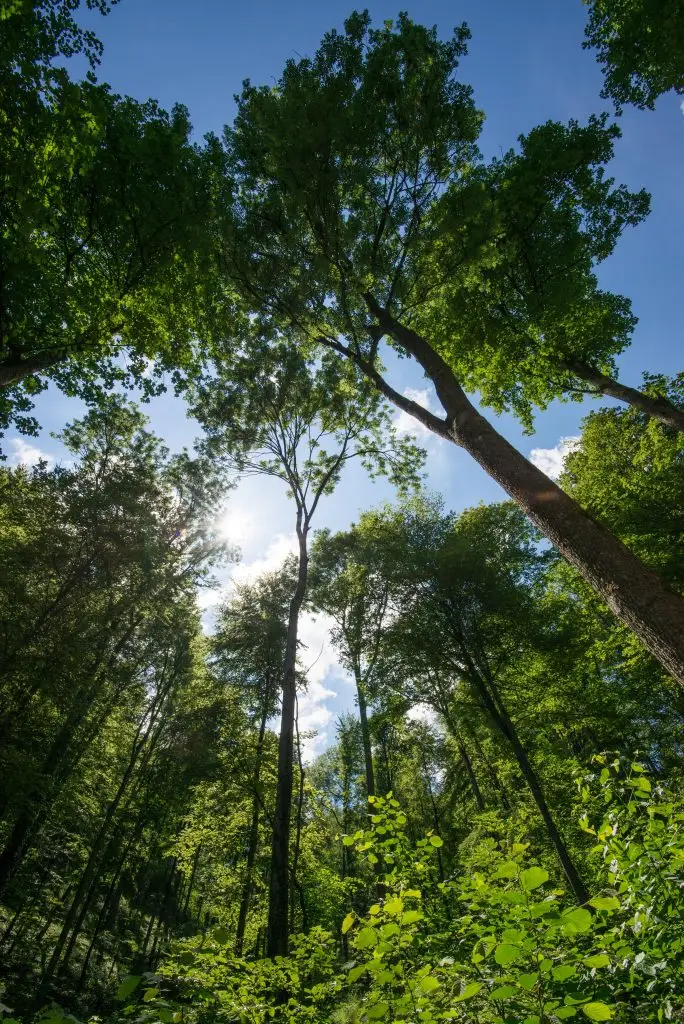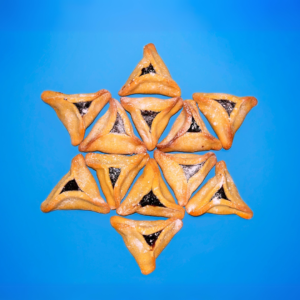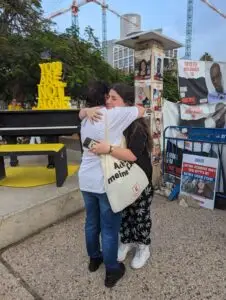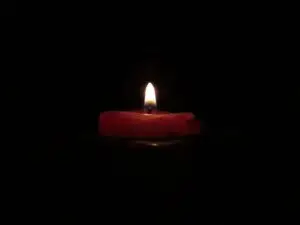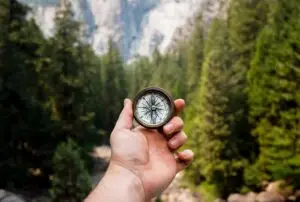By: Gabriel Shnaider
“Land of wheat and barley, of vines, fig trees, and grains; land of olive trees and honey.” (Debarim 8:8)
Tu BiShvat is a holiday that gives us the opportunity to connect with our environment, evaluate ourselves within the world and reflect on our bond with nature. During the sixteenth century, in Tzfat, a group of chachamim created what is known as the Seder of Tu BiShvat, a festive meal where it is customary to serve a great variety of fruits, especially the 7 characteristic species of Israel, and next to them is read an extract of Tanach, Talmud or some Midrash where we talk about that fruit.
The following is written on dates:
“Just as nothing is wasted on the date palm tree, whose branches are used for prayer, whose dates are eaten as fruits, whose trunk serves as a support, whose fibers are used as rope, net strands, and roof branches.” (Midrash Bereishit Rabbah 41)
Reading this comes to mind the image of tnua, where each of its components has its own particular way of giving a unique and meaningful contribution. In this great palm tree that we call tnua we have madrichim who assume the responsibility of educating with love and passion; madrichim that thanks to them are created magical, safe and warm spaces; where play, conversation, planned and spontaneous are part of a wonderful educational process that allows the growth, development and discovery of their chanichim and themselves as well. Thus are the branches on which the tnua, a no lesser responsibility, is sustained by having to be a solid foundation: solid in responsibility, in commitment, in dedication, in strength and in courage.
The chanichim, the fruits of this beautiful palm tree, who with their smiles and displays of affection fill us with sweetness and meaning. That are not so metaphorically also the fruit of all the work that is done in the tnua. Their participation and desire to be a part of, are the faithful witnesses of the honey produced by the tnua. It is the chanichim who with their energy, emotion and affection sweeten our palates.
The trunk, strong and support, gives firmness and shape to our tree. The trunk connects the roots that are underground with the leaves stretching high in the heavens. Its firmness keeps our tree in shape and stable even during the harshest storms. This is also our vision as a tnua, that dream we yearn for and strive to make come true. Our vision connects us with our great-great-madrichim and with future generations of chanichim. It is the fidelity with which we struggle to make our dreams come true is the one that gives the shape to our tnua and hold on to it keeps us firm and stable even during the strongest winds.
Fibers, which are used as ropes, strings that connect and join. They link the different entities in a large structure that we call tnua. A vaadat tarbut, a vaadat pirsum, separated from the vaadot chinuch and guizbar; you need ropes that unsern and connect everyone with everyone. These strings should be strong and in turn elastic and flexible. A Hanaga that links all its tzevet, which connects all bogrim between them and tnua. The Hanaga that constantly faces the complex decision-making process, always thinking about the good development of tnua, must be strong and in turn flexible. The Hanaga is also the one who binds and links everyone by giving them meaning and purpose.
The networks would become this structure already united. The materialization of the intangibility of tnua. Because at the end of the day, tnua is its people; and their people are sociable beings, who connect with other people, who create bonds with each other, share and relate to forming a great network. A network where both the chanich who had his first peula today is connected to the boguer who is in his last year. And why not, a human network over an internet network.
And finally the branches that are used as roofs that refer to the schach of the sukkah, this cabin that we return our home to inhabit it for a week. I always found it surprising as with a little branches and materials not very special, you can build sukkot where there is a festive, warm and rejoicing atmosphere; as well as where we strive to feel safe and comfortable.Even more surprised is the tnua, which generates this heat so naturally, with so much power, infinitely and anywhere. Because tnua is that, it is this roof that gives us a safe and comfortable place, full of love and dedication, in which we can dwell to grow in it.
There are going to be times when all this is cloudy, tiring and full of obstacles. That no matter how much we are part of the palm tree, let us not understand or cannot clearly visualize what our role is within the palm tree. Or it may happen that we cannot fully feel how our part of the date is used. It is in those moments of confusion that we have to get out of the photo for a little while to be able to see the full landscape.
Then I come back and think “Eretz Zabat Chalab UDbash”, honey (better known here as silan) that comes to sweeten with love and brotherhood. Then I return and think of our past as a people, in all the exploits that we narrate and remember in a lived way: in all of us, we are united, in all of us, we are together; today we must also be united and together, supporting and being there for each other. Then I come back and think what Hilel said, that the whole Torah is sumpt in “VeAhabta LeReacha Camocha” “And you will love your neighbor as yourself,” and I understand more and better everything that this verse encompasses.
So, what better date than Tu BiShvat to return to connect with land and nature, eat a date and think. Think of our tnua, its fascinating structure and complex organization chart, where everyone has a fundamental role and everyone has something unique and special to contribute. To think of our people, Am Israel, and what contribution we give them, as we contribute to them, and which we receive in return. To think of love, a natural love among us, that challenges and connects us, and that we can strengthen and enlarge it.
Chag HaIlanot Sameach vePoreach
Chazak Ve’Ematz

